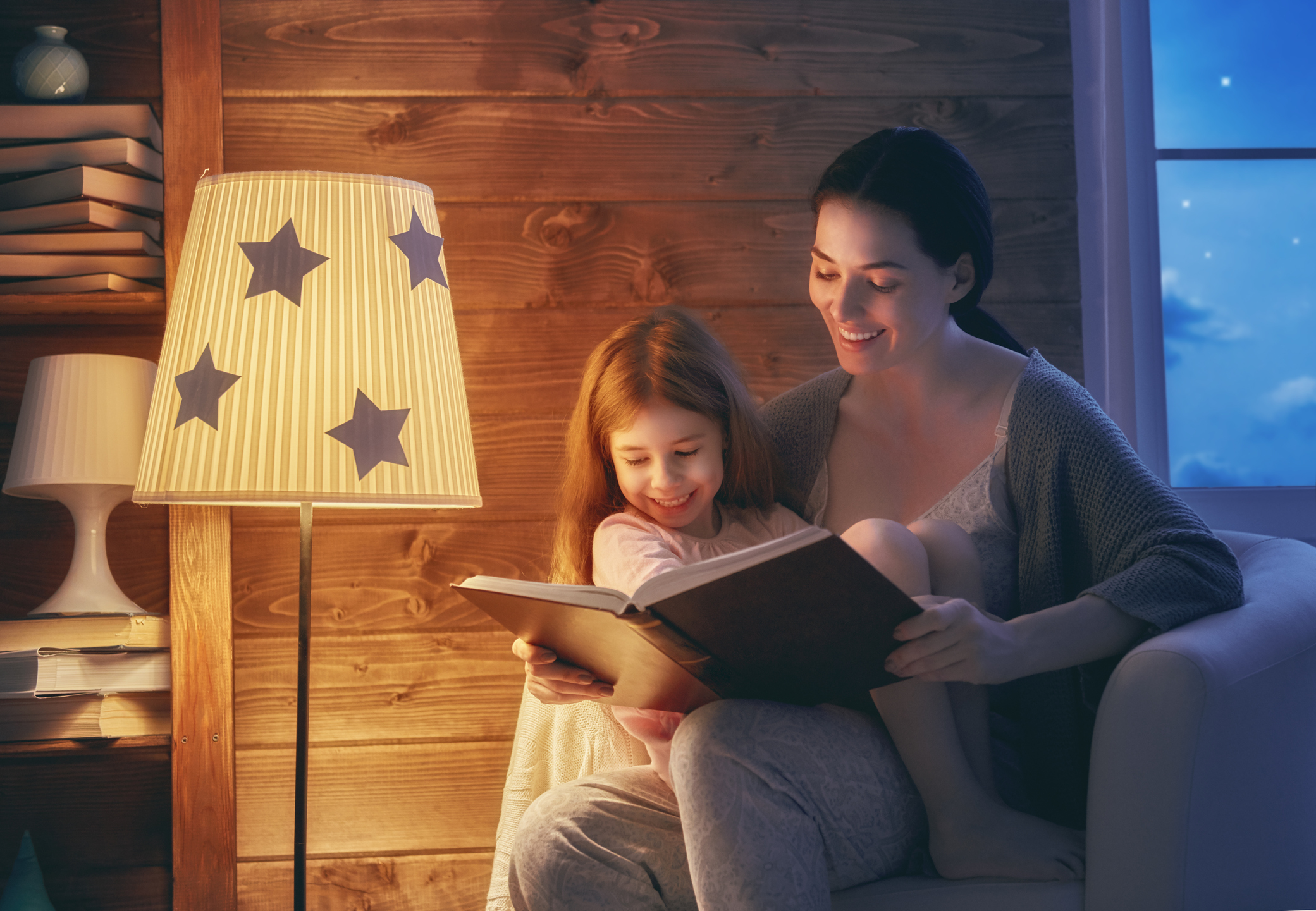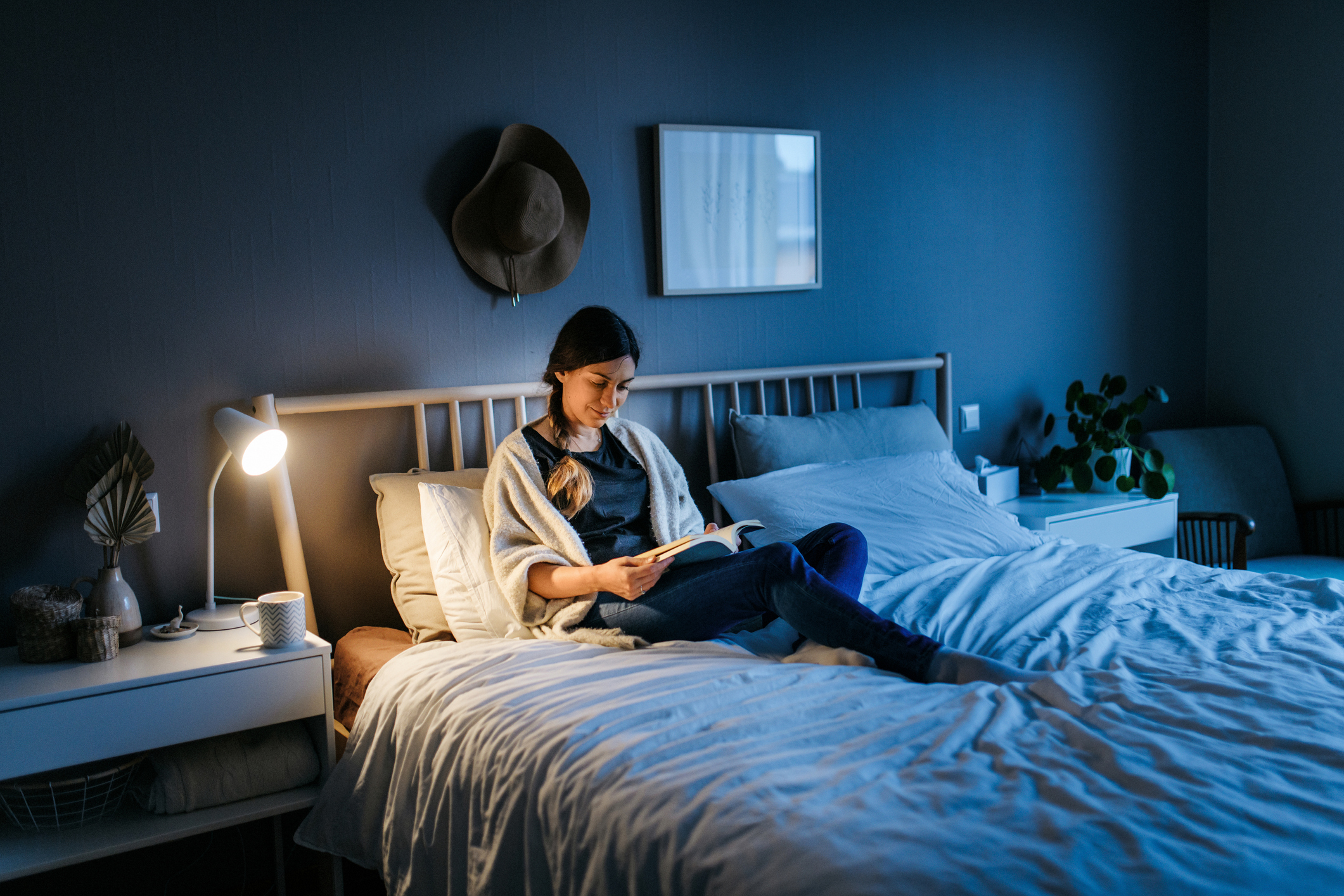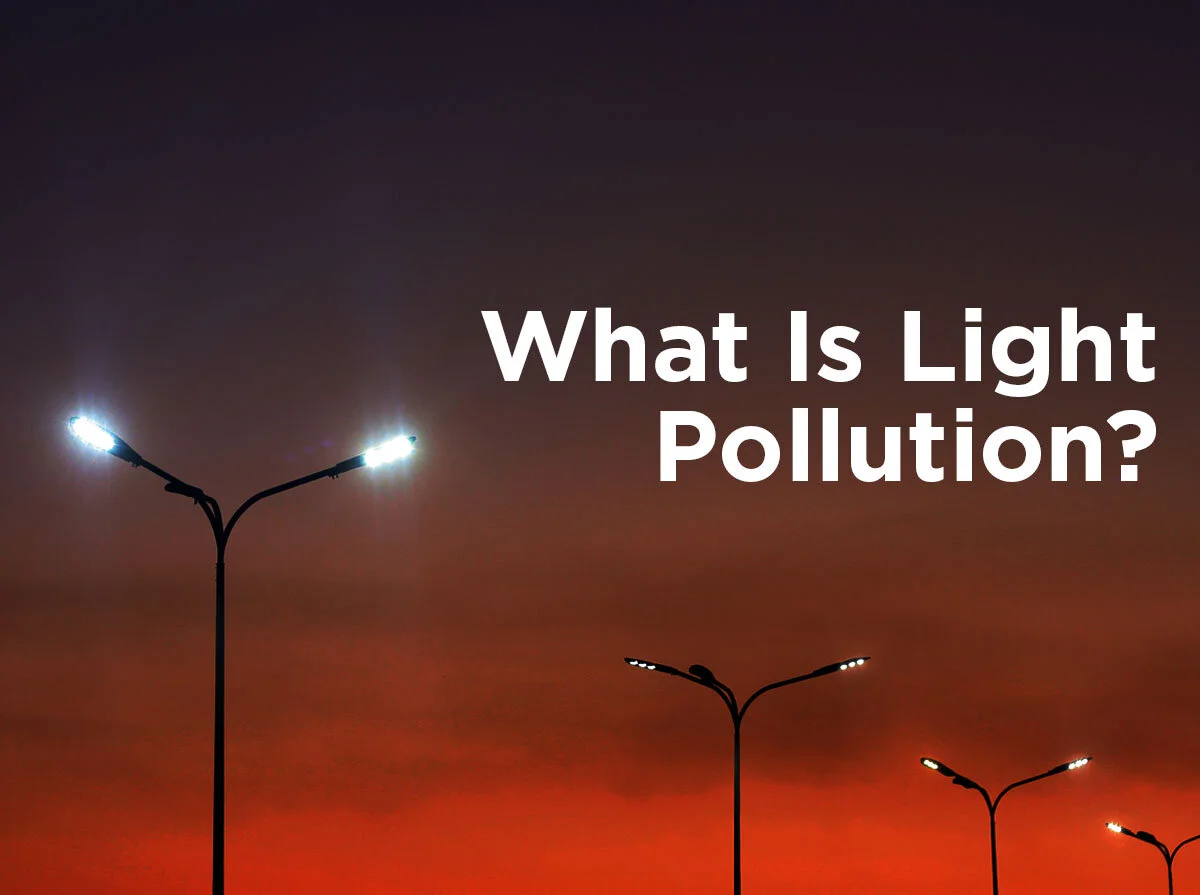The Best Light for Reading
Updated 10/12/23 by 1000Bulbs Staff
At some point in our childhoods, we were all warned that reading in poor lighting would ruin our eyes. Later on in life, when many of us needed glasses, we may have even felt guilty about the time we spent under the covers bingeing bedtime stories by flashlight. But was poor lighting really the cause of our vision loss? Contrary to what our parents may have said, science says 'no.'
Reading and writing in low lighting does not ruin eyesight. Most experience worsening vision simply as an effect of aging. Though doctors agree that there is no evidence that poor lighting negatively affects vision, proper illumination can reduce uncomfortable short-term effects such as headaches or eye strain, all while creating a more enjoyable reading experience.
Desk Lamps and Other Adjustable Task Lighting for Reading
Perhaps the most important factor when choosing a reading light is finding the right type of fixture. Is overhead lighting, or reading next to a window, enough? Would a more concentrated light be preferable? Here's what style we recommend.
While using a dim light will have no long-term effects on your vision, it does place an uncomfortable strain on your eyes. Your visual muscles will want to relax to collect the most light, but at the same time, they will try to contract to keep focused on the words on the page. Therefore, to reduce the conflict in your eye muscles when you're completing a high-concentration task such as reading or writing, it's important to learn to focus bright light directly where you need it.
While you could rely on small clip-on book lights or regular overhead lighting, we recommend using a desk lamp. Desk lamps are small adjustable lamps that can swivel and be raised or lowered to help direct the light. While desk lamps work well due to their multi-directional capabilities and design, a table lamp with a lampshade that directs light downward (rather than out into the room) is also a suitable option.
Use Comfortable, Evenly Distributed Lighting
Just as it's important to have a table or desk lamp that properly illuminates your book, you should also pair this with comfortable, evenly distributed lighting throughout the room. A common mistake some make when choosing a reading light is using a bright lamp in a dark room.
When your eyes wander off the page and look into a dark room, your pupils dilate, which can make your eyes become easily fatigued – a reason many of us quickly become tired when reading in bed at night. Ensuring there is less contrast between your room light and your reading light will help reduce this eye strain.
Avoid Creating Glare With Your Lighting
It's also helpful to avoid reading by light that reflects a lot of bright glare, such as from a computer screen. The constant shifting of pixels from looking at any screen with glare can cause significant strain. Doctors term this Computer Vision Syndrome.
Avoid reading from a computer whenever possible during your leisure time, or at least dim down your screen to lessen the glare. Reversing the color scheme by choosing settings that display white text on a black background also mitigates eye strain. (The Kindle app for computers and mobile devices does this really well.)
Consider Bulb Brightness when Reading
Since eyesight varies a great amount with age, it makes sense that as your eyes get older, you will need more lighting for small tasks.
Dr. Eleanor Faye, the ophthalmological director for The Lighthouse for the Blind and Low Vision Service, says: ''The eye's need for more light to read by increases 1 percent a year. When you're 10, you can read by 40 watts or hardly any light. By the time you're 60, you need around 100 watts.”
As brightness is measured in Lumens, the following will help you choose a bulb with the wattage (or equivalent wattage) that you need.
40 Watts: Look for at least 450 Lumens
60 Watts: Look for at least 800 Lumens
75 Watts: Look for at least 1,100 Lumens
100 Watts: Look for at least 1,600 Lumens
Keep in mind, however, that too much light or glare can be just as bad as too little light. Dr. Faye says, ''When light glares from highly reflective surfaces, it's fatiguing and especially disturbing for older people with cataracts and retina problems.” If bright lighting gives you grief, use a shaded lamp rather than a desk lamp that still illuminates the area while cutting glare and diffusing some direct light.
Warm Color Temperature May Reduce Eye Fatigue
Making the change to a bulb with a warmer color temperature will also be easier on your eyes than a cooler color temperature. When considering the right lighting for your eyes, remember: your eyes will tell you what they want. If the lighting isn't ideal, you will experience signs of fatigue, like burning, redness, brow-ache, headache, or squinting.
Need More Help Finding the Best Reading Light for Books?
If you have any more questions about what the perfect light for reading might be for you, feel free to ask away here or on Facebook, Twitter, or Pinterest! For help finding the right bulb or the right style of fixture for your reading nook, call 1-800-624-4488 or try our convenient “pop-up chat feature” at the bottom right corner of our 1000bulbs.com web pages.












